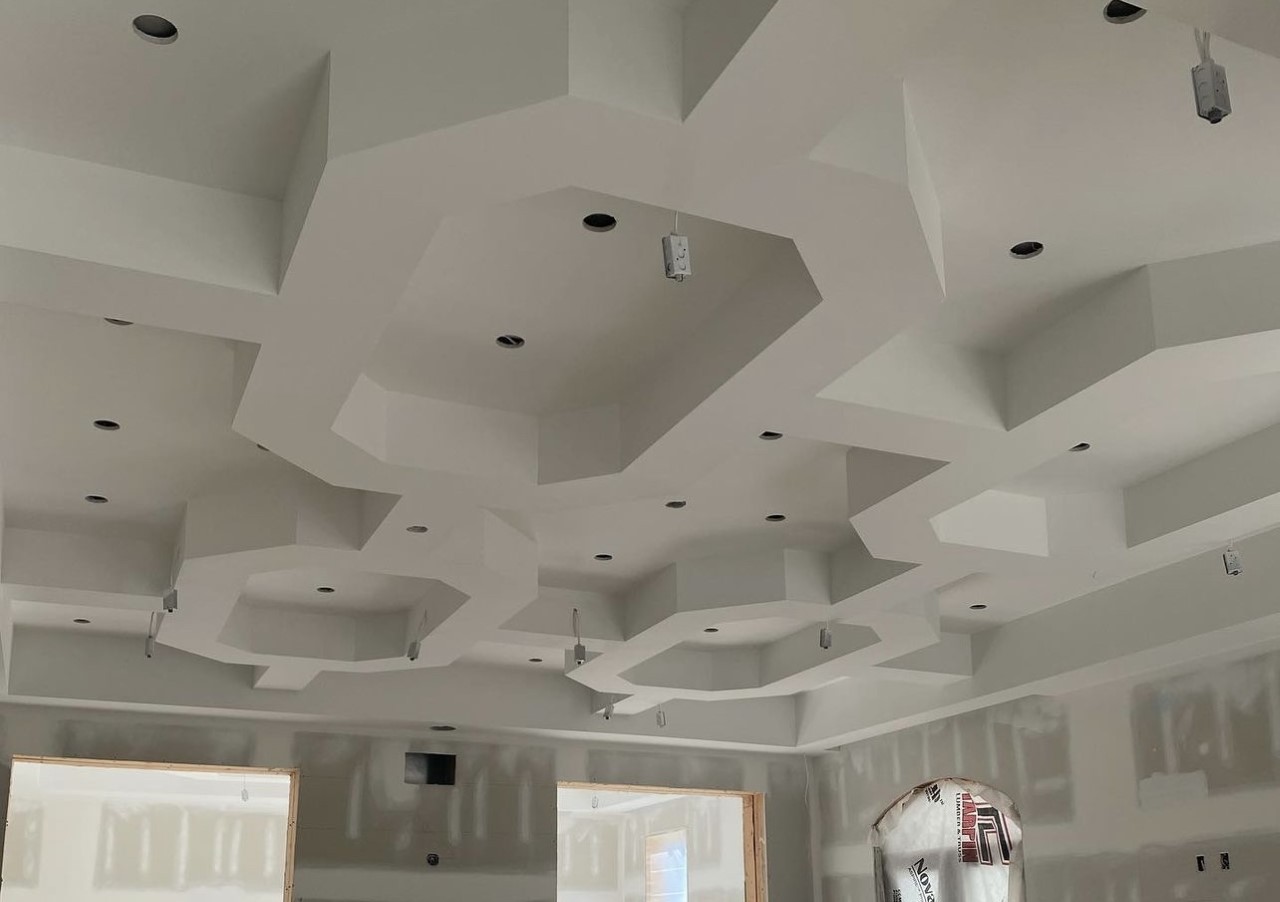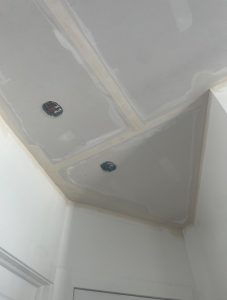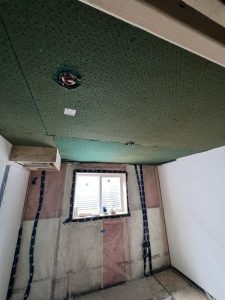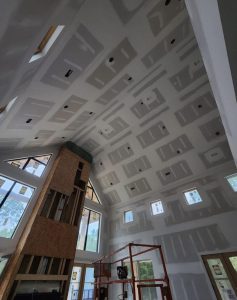Ensuring high-quality drywall installation is crucial for building a strong reputation and maintaining client satisfaction. This detailed guide provides comprehensive quality control tips to help drywall professionals achieve the best results in their projects.
1. Proper Planning and Preparation
Accurate Measurements
Accurate measurements are the foundation of a successful drywall installation. Before cutting drywall sheets, measure the space carefully to ensure that the pieces fit precisely. Miscalculations can lead to gaps that require extra mudding and can compromise the overall quality and appearance of the finished wall.
Site Inspection
A thorough site inspection is essential before beginning any drywall installation. Check for potential issues such as moisture problems, structural weaknesses, and irregularities in the framing. Identifying and addressing these issues early can prevent complications during the installation process.
Material Quality
The quality of the materials used plays a significant role in the outcome of a drywall project. Use high-quality drywall sheets, joint compounds, tapes, and fasteners that meet industry standards. Inferior materials can lead to problems such as cracking, bubbling, and poor adhesion, which can undermine the durability and appearance of the finished work.
2. Skilled Installation Techniques
Seam Placement
Strategically placing seams is crucial to creating a strong and visually appealing drywall surface. Staggering seams helps distribute stress evenly across the wall, reducing the likelihood of cracks. Avoid aligning seams with doorways, windows, or other openings, as these areas are more prone to movement and can develop cracks over time.
Proper Fastening
The method of fastening drywall sheets to the framing is a critical aspect of installation. Use the correct type and number of fasteners to ensure the sheets are securely attached. Screws should be driven just below the surface of the drywall without breaking the paper face. Properly fastened drywall provides a solid base for joint treatment and finishing.
Cutting and Fitting
Precision in cutting and fitting drywall sheets is essential for achieving a smooth and professional finish. Use sharp tools to make clean cuts and fit the sheets tightly together. Gaps between sheets should be minimized to reduce the need for excessive joint compound and to create a seamless appearance.
3. Joint Treatment and Finishing
Taping and Mudding
Applying joint tape and compound is a multi-step process that requires attention to detail. Start with a thin layer of joint compound over the seams, then embed the tape into the compound. Apply additional layers of compound, feathering the edges to create a smooth transition between the taped area and the drywall surface. Allow each layer to dry completely before applying the next.
Sanding
Sanding the dried joint compound is crucial for achieving a smooth and even surface. Use a fine-grit sandpaper and a light touch to avoid creating grooves or uneven areas. Sanding too aggressively can damage the drywall and require additional repairs.
Texture Matching
When patching or repairing drywall, matching the existing wall texture is essential for a seamless appearance. Practice different texturing techniques, such as knockdown, orange peel, or stippling, to replicate the existing texture accurately. Use sample boards to test and refine your technique before applying it to the wall.
4. Moisture and Temperature Control
Climate Control
Maintaining an optimal temperature and humidity level in the working environment is crucial for the drying and curing of joint compounds. Extreme temperatures or high humidity can affect the drying time and the quality of the finish. Use dehumidifiers or heaters as needed to create a stable environment.
Moisture Barriers
In areas prone to moisture, such as bathrooms and basements, use moisture-resistant drywall and proper vapor barriers to prevent mold and mildew growth. Green board or cement board are excellent choices for these areas. Properly installed moisture barriers protect the drywall and the underlying structure from water damage.
5. Regular Inspections
Self-Inspection
Regularly inspect your work at various stages of the project to catch and correct any issues early. Check for alignment, smoothness, and consistency in the application of joint compound. Addressing problems during the installation process is easier and more effective than making corrections after the project is completed.
Peer Review
Having a colleague or supervisor review your work can provide valuable feedback and catch issues you might have missed. A second pair of eyes can identify areas for improvement and ensure that the project meets high-quality standards.
6. Addressing Issues Promptly
Immediate Corrections
Address any mistakes or issues as soon as they are identified. Correcting problems early in the process prevents them from becoming more significant issues that require extensive repairs. Prompt action also ensures that the project stays on schedule and maintains its quality.
Documentation
Keep detailed records of any issues that arise and the steps taken to resolve them. This documentation can help identify patterns and recurring problems, allowing you to refine your techniques and processes. Maintaining thorough records also provides a reference for future projects and can be valuable in communicating with clients.
7. Client Communication
Clear Expectations
Clear communication with clients is essential for managing expectations and ensuring satisfaction. Discuss the project scope, timeline, and any potential challenges before beginning the work. Keeping clients informed about the process helps build trust and reduces the likelihood of misunderstandings.
Regular Updates
Provide clients with regular updates on the progress of the project. Inform them of any changes to the timeline or unexpected issues that arise. Keeping clients in the loop demonstrates professionalism and transparency, fostering a positive working relationship.
8. Continuous Improvement
Training and Education
Stay updated with the latest techniques, tools, and industry standards through ongoing training and education. Attend workshops, seminars, and training sessions to refine your skills and learn about new products and methods. Staying informed about industry advancements helps you provide the best possible service to your clients.
Feedback Loop
Gather feedback from clients and colleagues to identify areas for improvement. Constructive feedback can help you refine your techniques, enhance your processes, and deliver higher-quality results. Actively seeking feedback demonstrates a commitment to excellence and continuous improvement.
Conclusion
Implementing these quality control tips will help ensure that your drywall projects are completed to the highest standards, leading to satisfied clients and a strong professional reputation. Consistent attention to detail, ongoing education, and effective communication are key components of maintaining and improving quality in drywall installation.
Drywall professionals who prioritize quality control can differentiate themselves in a competitive market and build lasting relationships with clients. By adhering to these best practices and continually striving for excellence, you can achieve outstanding results and elevate your reputation in the drywall industry.






